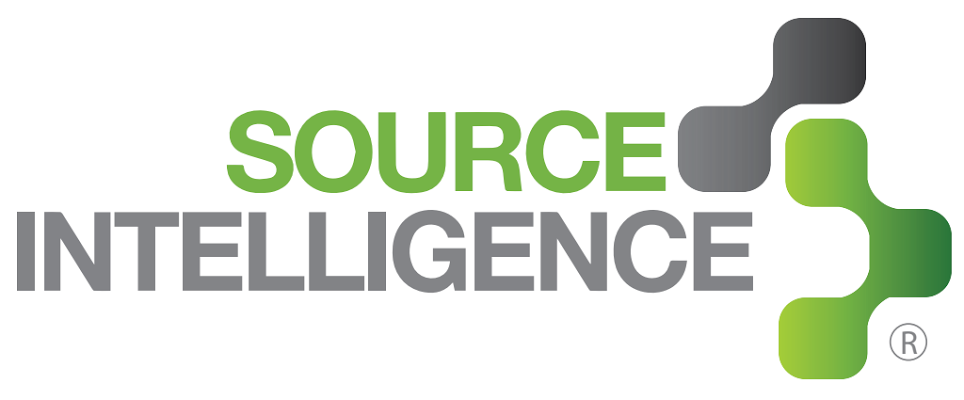Sustainable Palm Oil a Moving Target

As worldwide efforts grow to support more sustainable palm oil development, one thing is clear: The geography and controversy change.
For companies that have palm oil in their product lines, the ability to track and verify ethically and sustainably produced palm oil will be challenging because of the inherent “moving target” aspect of this material.
Case in point is Liberia. As highlighted in a recent Guardian story, Liberia has emerged as a dynamic and important area for palm oil development. Yet, the unique emerging issue here is how the highly fertile land – in an ideal climate for palm oil – is being utilized. The Guardian article highlights a controversy around about land rights: How much investors and palm oil developers are paying to use the land and whether they recognize the rights of indigenous people to claim land ownership in the first place. Having permission to use land for palm oil cultivation is not unique to Liberia.
Although NGOs and others are seeking to resolve local conflicts and seek more equitable solutions for various communities within Liberia, the question for companies relying on palm oil exports is whether to wait or rely on promises that issues will be cleared up soon. The Liberia palm oil story has all the appearances of a human rights issue even as cultivation and processing there apparently are helping to reduce poverty and increase educational opportunities for children. The conundrum is how some NGOs, such as Global Witness, are challenging whether Liberians are truly benefitting from palm oil cultivation.
In other parts of the world, palm oil is viewed as a major threat to deforestation and habitat destruction. Ethically and sustainably sourced palm oil is emerging as the next-big-issue for companies and appears, based on global calls for action, that 2017 may be a watershed year for regulation and consumer activism. Palm oil is an ingredient in one of 10 products found on supermarket shelves – from food to cosmetics – and is growing in use as a fuel.
With the environmental and human impacts of irresponsible material sourcing becoming increasingly visible to the public, companies that proactively build transparent supply chains can adapt to new market trends. To learn more about how to engage supply chains and trace materials to the source, click here.

